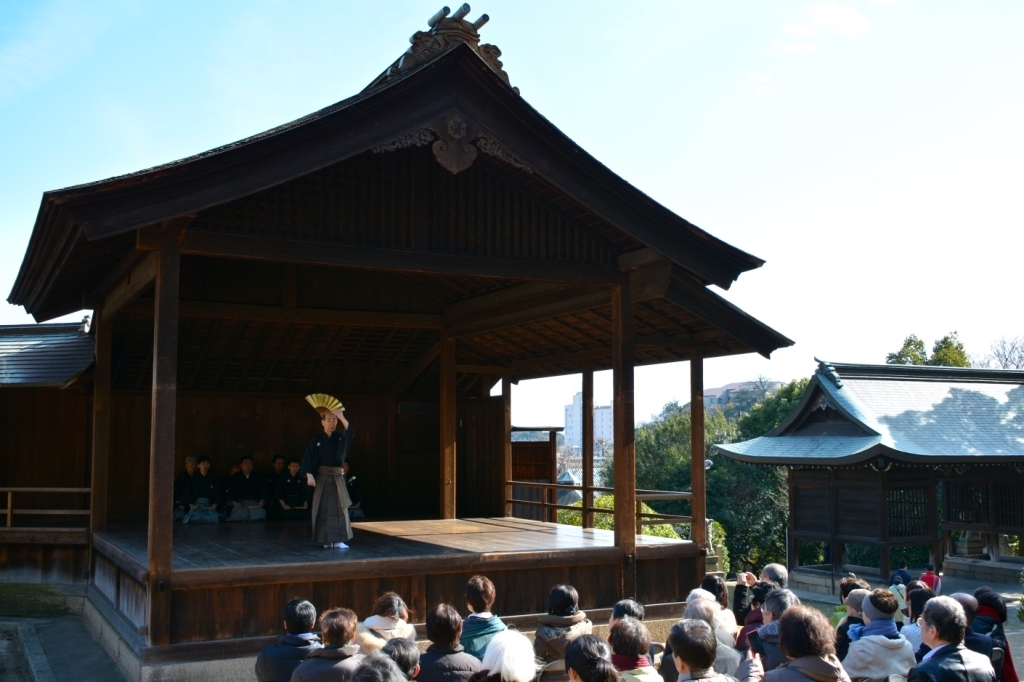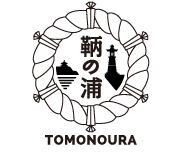Nunakuma-jinja Shrine Noh Stage
Nunakuma-jinja Shrine & Noh Stage: Protecting the town and sea of Tomonoura

Nunakuma-jinja Shrine, the representative shrine of Tomonoura, is composed of what used to be two separate shrines: Watasu-jinja Shrine and Gion-sha Shrine. Watasu-jinja Shrine enshrines the sea kami Ōwatatsumi-no-mikoto, while Gion-sha Shrine enshrines one of the three important kami of Japan, Susanoo-no-mikoto. The two shrines were consolidated during the Meiji period (1868–1912), becoming Nunakuma-jinja Shrine. This shrine is known as a place to pray for many things, such as maritime safety, a good catch at sea, well-being of family, recovery from illness, academic achievement, and safe birth.
On the grounds of the shrine there is a collapsible Noh theater stage. This stage is said to have been built by the feudal lord Toyotomi Hideyoshi for the entertainment of his officers and men. It was once part of Fushimi Castle in Kyoto, but when that castle was abandoned, it was given to Mizuno Katsunari, lord of Fukuyama Castle, by the second shōgun of the Tokugawa dynasty, Tokugawa Hidetada. In the 1650s, the stage was then given to Gion-sha Shrine, which became the current Nunakuma-jinja Shrine. While it was originally a collapsible design that could be taken apart and moved around, it is now fixed in place. The stage was designated as an Important Cultural Property of Japan in 1953, and it is still used today as a stage for Noh theater.

